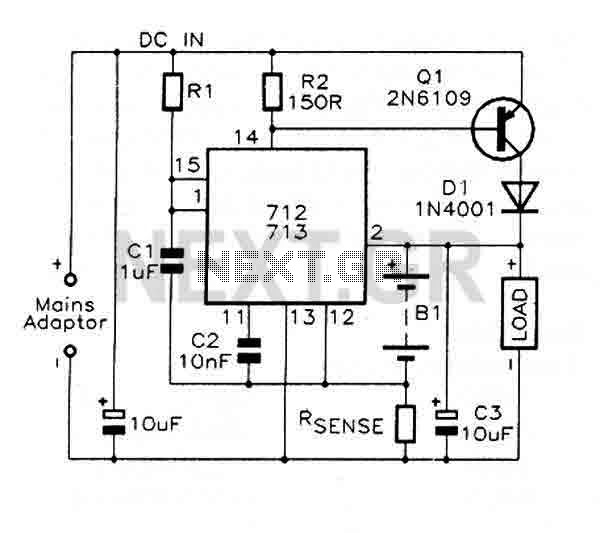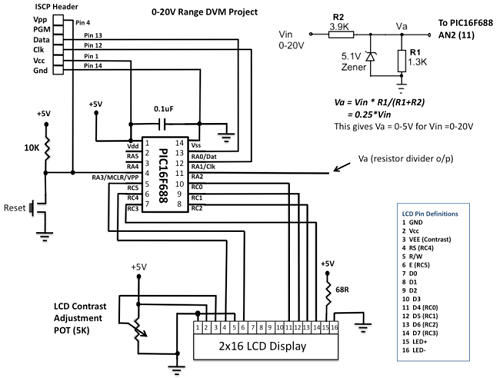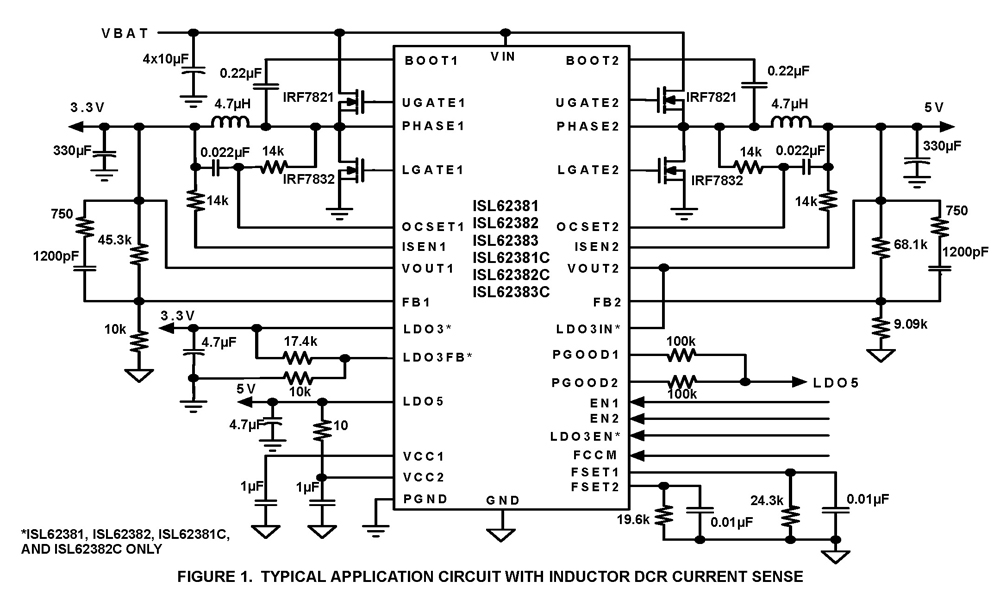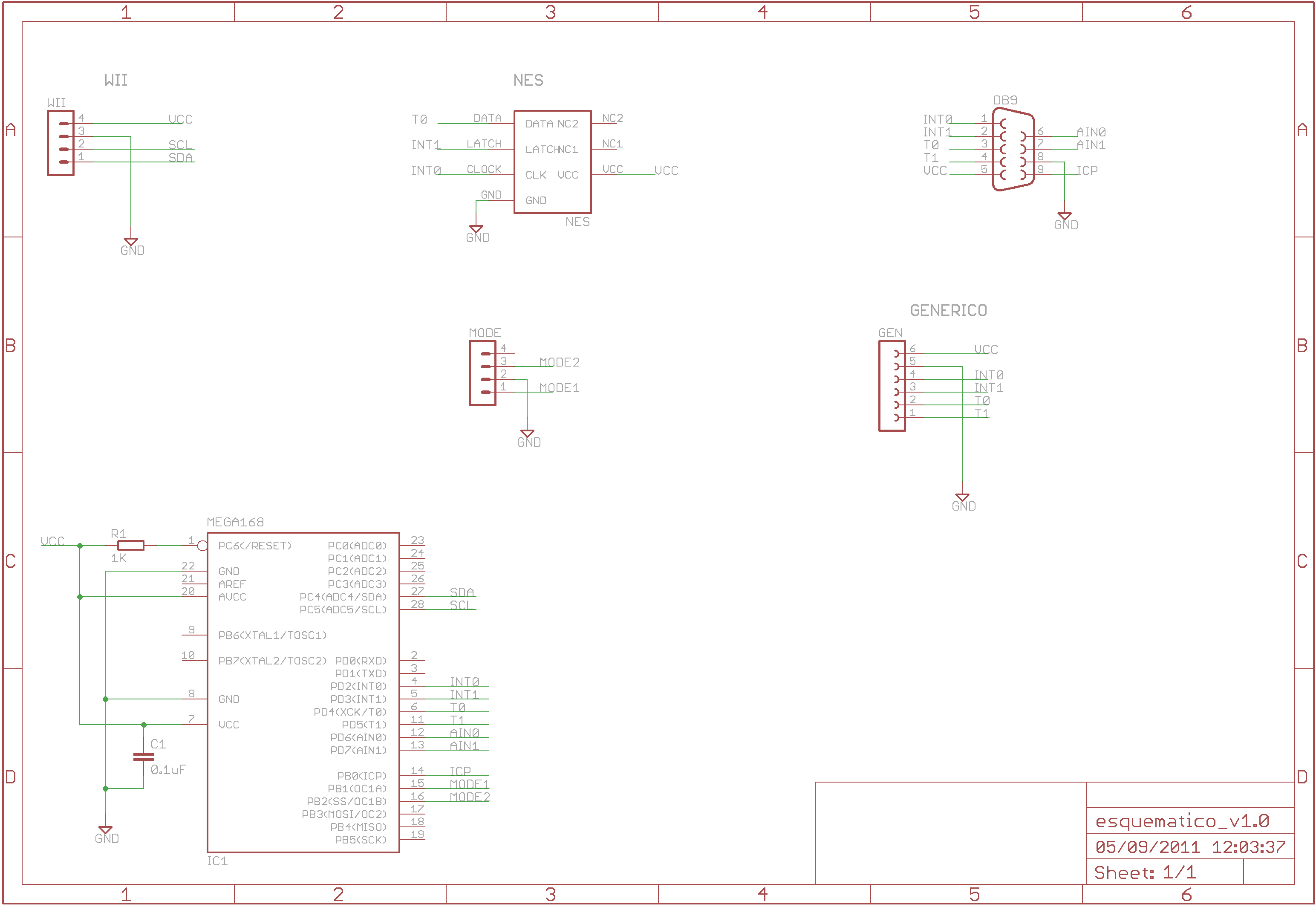
Medical treat ventilator controller
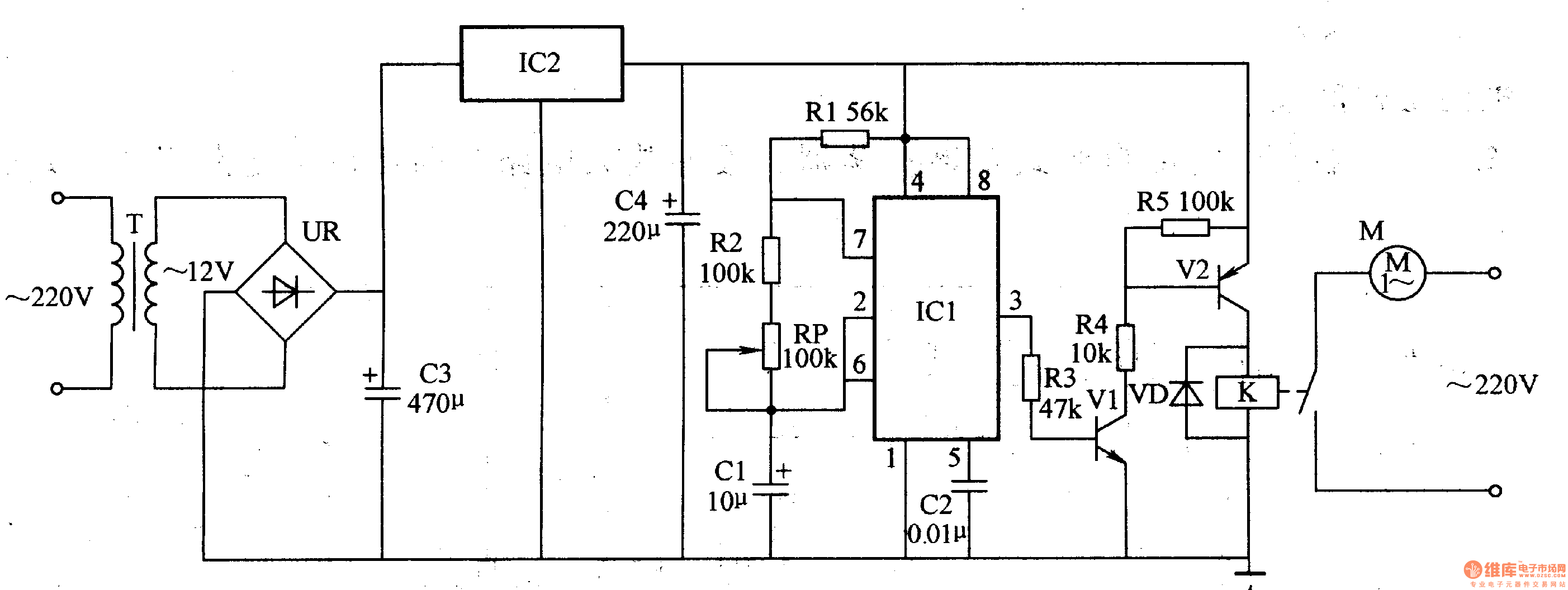
The medical ventilator controller circuit consists of an astable oscillator, a control circuit, and a power supply circuit. The astable oscillator is constructed using resistors R1, R2, a potentiometer RP, capacitors C1, C2, and a time base integrated circuit IC1. The control circuit includes resistors R3 to R5 and transistors V1 and V...
The medical ventilator controller circuit is designed to regulate the operation of a ventilator, ensuring that patients receive the appropriate airflow and pressure during mechanical ventilation. The astable oscillator serves as a timing source, generating a continuous square wave signal that controls the breathing cycle of the ventilator. The configuration of the oscillator is defined by the values of resistors R1, R2, the potentiometer RP, and capacitors C1 and C2, which set the frequency and duty cycle of the output waveform.
The time base integrated circuit IC1 is fundamental in establishing the oscillator's timing characteristics, allowing for precise control over the ventilatory patterns. The output from the astable oscillator is fed into the control circuit, which is responsible for interpreting the timing signals and managing the operation of the ventilator's actuators.
The control circuit utilizes resistors R3 to R5 to set the gain and biasing of the transistors V1 and V..., which act as switches or amplifiers to control the power delivered to the ventilator's drive mechanisms. This configuration ensures that the ventilator can respond dynamically to changes in patient demand, providing adequate support during inhalation and exhalation phases.
Additionally, the power supply circuit is crucial for maintaining the necessary voltage levels for the entire system, ensuring reliable operation of the oscillator and control circuits. This circuit may include voltage regulators and filtering components to provide stable and clean power to the various elements of the ventilator controller.
Overall, the integration of these components within the medical ventilator controller circuit allows for effective and responsive ventilation therapy, critical for patients requiring assisted breathing. The design emphasizes reliability and precision, essential characteristics for medical devices operating in critical care environments.The medical treat ventilator controller circuit is composed of astable oscillator, control circuit and power supply circuit, it is shown in the figure 9-155. The astable oscillator circuit is made of resistors R1, R2, potentiometer RP, capacitors C1, C2 and time base integrated circuit IC1.
The control circuit consists of resistors R3-R5, transistors V1, V.. 🔗 External reference
The medical ventilator controller circuit is designed to regulate the operation of a ventilator, ensuring that patients receive the appropriate airflow and pressure during mechanical ventilation. The astable oscillator serves as a timing source, generating a continuous square wave signal that controls the breathing cycle of the ventilator. The configuration of the oscillator is defined by the values of resistors R1, R2, the potentiometer RP, and capacitors C1 and C2, which set the frequency and duty cycle of the output waveform.
The time base integrated circuit IC1 is fundamental in establishing the oscillator's timing characteristics, allowing for precise control over the ventilatory patterns. The output from the astable oscillator is fed into the control circuit, which is responsible for interpreting the timing signals and managing the operation of the ventilator's actuators.
The control circuit utilizes resistors R3 to R5 to set the gain and biasing of the transistors V1 and V..., which act as switches or amplifiers to control the power delivered to the ventilator's drive mechanisms. This configuration ensures that the ventilator can respond dynamically to changes in patient demand, providing adequate support during inhalation and exhalation phases.
Additionally, the power supply circuit is crucial for maintaining the necessary voltage levels for the entire system, ensuring reliable operation of the oscillator and control circuits. This circuit may include voltage regulators and filtering components to provide stable and clean power to the various elements of the ventilator controller.
Overall, the integration of these components within the medical ventilator controller circuit allows for effective and responsive ventilation therapy, critical for patients requiring assisted breathing. The design emphasizes reliability and precision, essential characteristics for medical devices operating in critical care environments.The medical treat ventilator controller circuit is composed of astable oscillator, control circuit and power supply circuit, it is shown in the figure 9-155. The astable oscillator circuit is made of resistors R1, R2, potentiometer RP, capacitors C1, C2 and time base integrated circuit IC1.
The control circuit consists of resistors R3-R5, transistors V1, V.. 🔗 External reference
